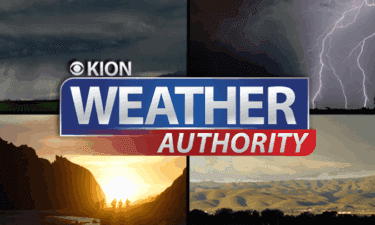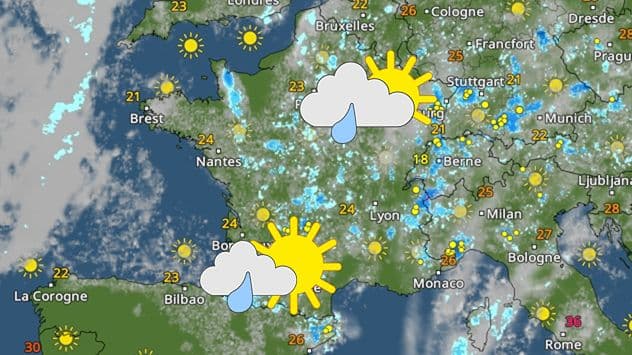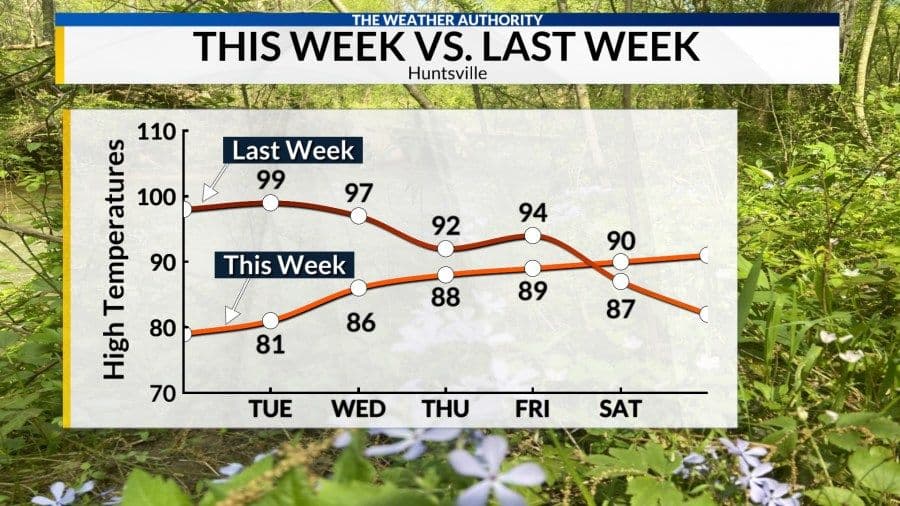Whispers of the Atmosphere: Unmasking Weather's Hidden Drivers
Explore hidden influences shaping our daily weather. Uncover how subtle shifts in humidity, wind, and atmospheric stability dictate everything from sunshine to fire risk.
The Atmospheric Ballet: A Delicate Balance
Weather, far from being a simple matter of sun or rain, is an intricate atmospheric ballet, a constant interplay of forces often invisible to the casual observer. Take, for instance, the persistent —the very breath of many . While often perceived as a steady breeze, their strength and character fluctuate subtly, dictated by distant pressure gradients. When these gradients relax due to troughing far off, the trades ease, setting the stage for different atmospheric actors. Even more nuanced are elements like inversion heights, which act like invisible ceilings in the atmosphere, trapping moisture and limiting vertical cloud development. But these aren't static; the creep of mid-level troughs and upper lows can raise these inversions, introducing instability and allowing showers to become heavier and more widespread. This delicate balance means that even a "weak" surface trough, though dissipating, can escort enough shallow moisture to significantly increase humidity and fuel localized showers. It's a constant dance of stability giving way to instability, dry air yielding to moisture, all orchestrated by forces far beyond our immediate perception, making the atmosphere a truly dynamic system.
Humidity's Silent Influence: More Than Just Comfort
Beyond simply making us feel sticky, humidity plays a surprisingly profound and often underappreciated role in our weather, particularly when it comes to critical concerns like . It's a silent sentinel, capable of either dampening danger or amplifying it. When dry, stable conditions prevail, as they often do with consistent , the landscape becomes parched, setting the stage for elevated fire weather concerns. But a subtle shift in the atmospheric ballet, such as a shallow area of moisture moving in from the east, can bring a welcome increase in humidity. This rise in atmospheric moisture is a game-changer; it directly lessens the flammability of vegetation, significantly decreasing fire weather threats. Conversely, as this moisture departs and drier conditions reestablish, the fire risk can quickly re-escalate, especially in leeward areas that don't benefit from the cooling, wetting effects of windward showers. Understanding these nuanced humidity shifts, often brought by seemingly minor features like a dissipating surface trough escorting moisture, is crucial. It’s not just about rainfall amounts, but the pervasive, unseen influence of water vapor in the air that dictates the very breath of the landscape.

The Breath of the Planet: Decoding Wind Patterns
If humidity is the silent influencer, then is undeniably the planet's breath, a powerful and pervasive force shaping our daily weather experience. In many regions, the consistent flow of , driven by seasonal high-pressure systems, forms the baseline of the climate. Yet, even these seemingly steadfast currents are subject to dynamic shifts. Their strength—from moderate to breezy, or easing to gentle—is a key indicator of what's to come, directly impacting everything from ocean conditions to local rainfall. When distant troughs or relaxing pressure gradients weaken the trades, it can allow other moisture-laden systems to move in, increasing shower chances, particularly in the usual windward and mountain areas. Conversely, strengthening trades often usher in drier conditions, pushing moisture away. This constant ebb and flow of wind not only dictates where and when showers might fall, but also creates specific hazards, like low-level turbulence for aviation, a critical factor for pilots navigating the skies. Understanding these intricate wind patterns, and the larger atmospheric forces that govern them, is fundamental to grasping the pulse of our local weather.
When Stillness Speaks: The Dangers of Stable Air
While we often focus on the dramatic forces of wind and rain, the absence of movement—atmospheric stillness, or stable air—carries its own set of profound implications, particularly for environmental safety. When the atmosphere becomes stable, it means vertical air movement is suppressed; air parcels resist rising, effectively trapping whatever is below. Coupled with dry conditions, this stability is a primary driver of elevated . It creates an environment where any ignition can rapidly spread, as smoke and heat are held close to the ground, and fuels remain desiccated. This is why even a slight decrease in stability, perhaps due to a weak mid-level trough or upper low providing a "boost in lift," can be a welcome change, allowing for clearer air and potentially more beneficial showers. Conversely, the return of a firmly established stable pattern, often reinforced by high pressure, signals a return to heightened vigilance, especially in areas prone to wildfires. Understanding when stillness speaks, and what it implies for fire risk, air quality, or even the persistence of vog, is a critical insight for anyone living within the atmosphere's embrace.
Forecasting the Nuances: Beyond the Numbers
For the meteorologist, predicting the weather is far more than just reporting temperatures and rainfall. It's an intricate process of deciphering the atmospheric ballet, understanding humidity's silent influence, decoding , and recognizing when stillness speaks. This deeper understanding is built upon a foundation of advanced tools and expert interpretation. Observational data from , , and even daily balloon launches provide critical real-time insights into elements like inversion heights and cloud distribution, painting a vivid picture of the atmosphere's current state. But the real magic lies in interpreting this data through the lens of sophisticated . Forecasters don't just read numbers; they analyze how low and mid-level moisture will interact with weak upper-level lows and troughs, anticipating how these features will influence shower intensity and distribution. They grapple with uncertainties, like the precise timing and location of developing , which directly impact forecast confidence. It's about predicting the dynamic interplay of all these elements—wind, moisture, stability, and pressure systems—to offer a truly nuanced outlook, moving beyond the obvious to unveil the hidden drivers of our weather.
Related Articles

Invisible Architects: Unraveling the Subtle Forces Shaping Your Daily Weather

Invisible Architects: Unraveling the Subtle Forces Shaping Your Daily Weather

The Whispering Sky: Unveiling the Local Stories Behind Every Forecast

The Whispering Sky: Unveiling the Local Stories Behind Every Forecast

The Atmosphere's Dance: Unveiling the Secrets Behind Daily Weather

The Atmosphere's Dance: Unveiling the Secrets Behind Daily Weather

Nature's Rollercoaster: Understanding Your Local Weather's Wild Swings
